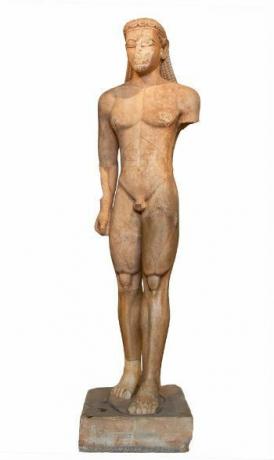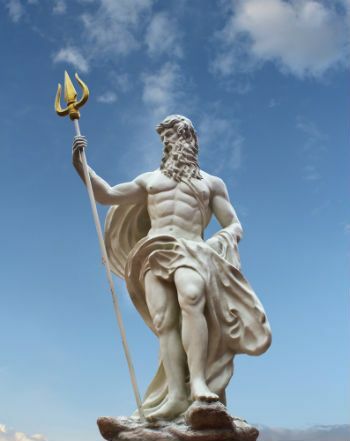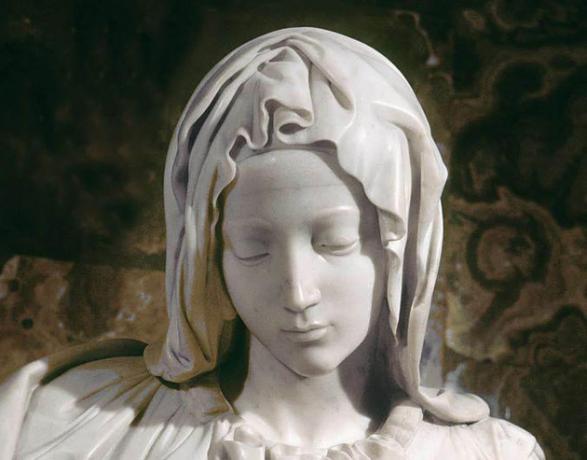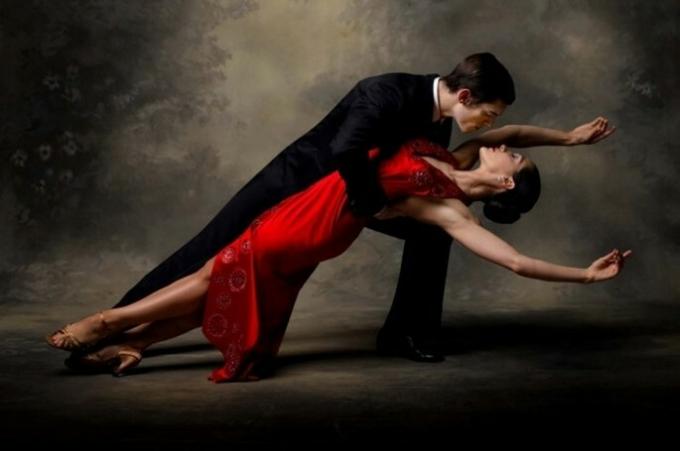THE greek sculpture it was one of the important artistic manifestations of the Greek world and that it influenced several later civilizations. For the composition of the works, the main materials used were marble, bronze, stone, wood and terracotta.
They were essential for the fulfillment of religious, political and ornamental orders which represented and glorified above all, gods, heroes, muses and athletes. Note that Greek sculpture is heavily influenced by Egyptian, Cretan and Mesopotamian models.
Features
The main features of Greek Sculpture are:
- Search for Physical Beauty
- representation of the human body
- Naturalism and idealism of forms
- Movements and Details
- volume and symmetry
- Perspective and proportionality
- mythological themes
Greek Art: Periods and Characteristics
It is worth remembering that Greek art extended for centuries, and is divided into three periods:
Archaic Period (between the VIII centuries a. Ç. and V a. Ç.)
In this early period, sculptures were produced mainly from wood and terracotta where movements and expression were not so explored by sculptors.

They were basically upright sculptures of low and high relief, that is, those made on the walls and causing an effect of depth and volume. They had two models: "kouros”, male representation of a nude young man and the “kore” young virgins dressed in robes.
Classical Period (between the 5th centuries a. Ç. and IV a. Ç.)
Phase in which sculptural art (and arts in general) acquires its apogee with the approach of realism. Evolution is notorious in the pursuit of perfection, beauty, serenity, proportionality and movements of classical Greek sculptures.

This led to a break with the frontality found in works from the previous period, that is, the sculpture starts to be seen from other angles and perspectives, called "major sculpture", in three dimensions.
Hellenic Period (between the 3rd century a. Ç. until the beginning of the Christian Era - 1st century BC. Ç.)
During this period, there was a change in themes and techniques used by sculptors, for example, the exploration of everyday themes, dramatic expressions, a greater degree of realism and emotion, in addition to increasing dimensions and volumes.

These factors that characterized the Hellenistic Greek sculptures provided more expressiveness and sensuality to the works. This was due to contact with other ancient civilizations, which merged different aspects of this art. At this moment, the sculptures of women already appear in a nude format.
Painting, like sculpture and architecture, immensely influenced Greek culture. They were usually produced on ceramics and also on the walls of temples. The most explored themes were mythological ones.
Note that Greek art influenced Roman art, however, it has its own peculiar characteristics. Thus, Roman sculpture is more realistic and not so much idealized as represented by the Greeks. In other words, they represented the figures more faithfully, with their real defects and proportions.
See too:
- Ancient Greece
- greek art
- greek sculpture
- Roman Sculpture



